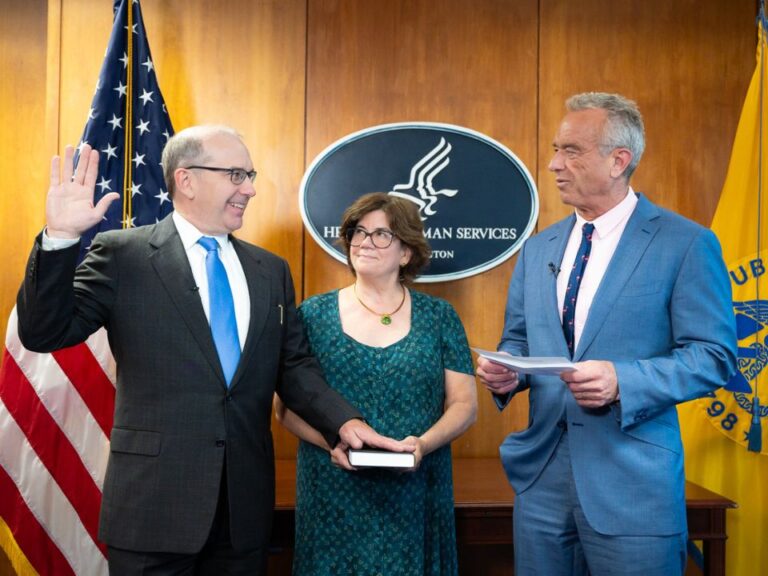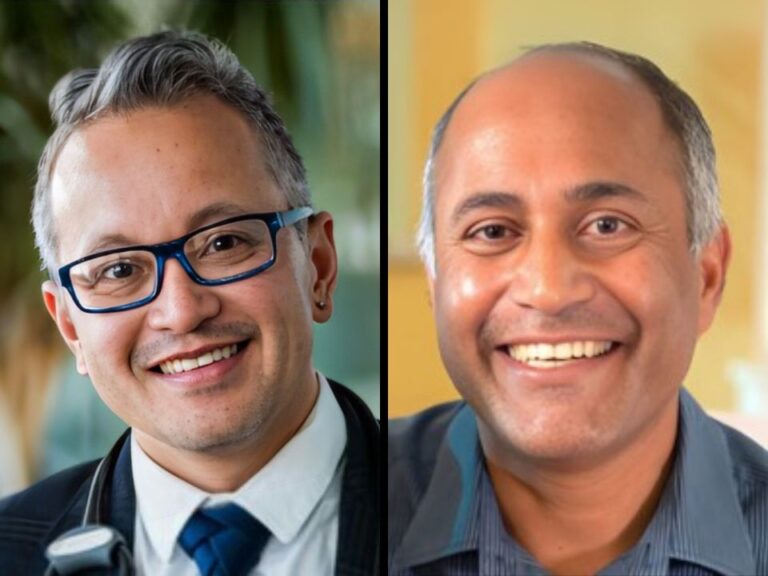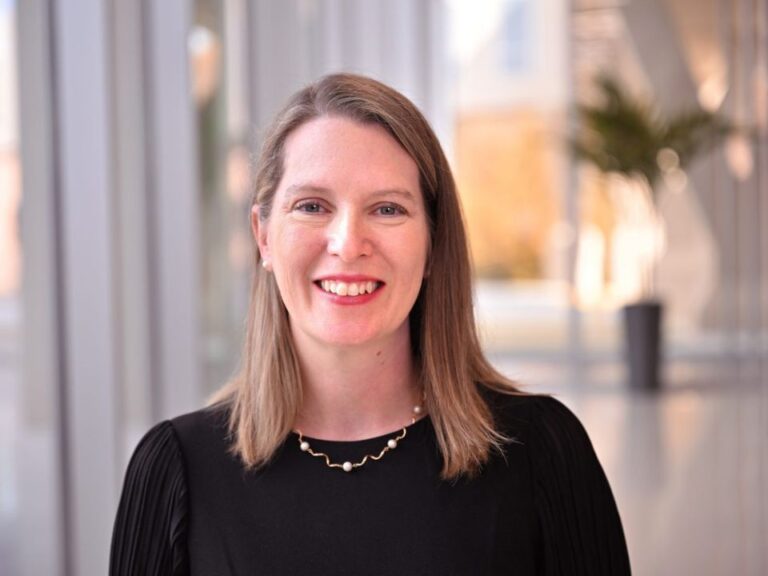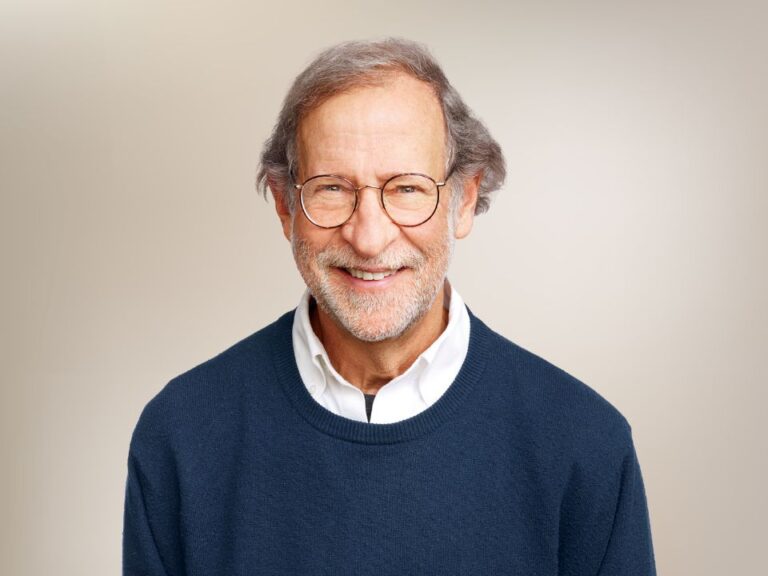On Nov. 17, Richard Pazdur, director at the FDA Office of Hematology and Oncology Products, spoke about the role that has been thrust upon him: that of a “regulator/advocate.”
“What we’re seeing now is not a patient voice but a patient cry—wanting to have their position heard,” said Pazdur, speaking at a Washington conference sponsored by Friends of Cancer Research.
At the time, Pazdur’s wife Mary was at the Montgomery County Hospice. She died of ovarian cancer a week later.
Pazdur spoke with Ellen Sigal, the group’s chair and founder. Their conversation follows:
ELLEN SIGAL: I think everybody knows that cancer is personal and it touches all of us. And it certainly touched you in a very profound way with Mary’s illness. Talk a little bit about what that has taught you; what you need to do—how is it different? Because we’ve all seen people suffer every day, but when it’s a spouse, it is different.
RICHARD PAZDUR: About three years ago, my wife was diagnosed with ovarian cancer. And during this three-year period of time, we’ve seen the entire spectrum of medical care, and, unfortunately, at this point she is undergoing hospice care and has come to the decision of what she wants to do with the remaining months and weeks.
It’s a very difficult time.
This three-year period of time has given us the opportunity for observation of the healthcare system from the other side of the stethoscope. You see the worst of the system; you’re not immune just because you’re a doctor or a member of a doctor’s family. You’re not immune from the mistakes that happen—people forget to order X-rays, people give you the wrong laboratory results. These things just happen, and people have to be accepting.
When Mary received the original diagnosis, we wanted to take a very aggressive approach very early on. But we were very realistic about when was the time to call it quits. Unfortunately, many people are unwilling or cannot accept the issue of when it is time to stop therapy and to accept hospice care.
Fortunately, my wife, Mary, had a 35-plus-year history of working in the in oncology and understood the disease process.
She had taken care of similar patients as herself. She had a very good understanding and she has mentioned this throughout our conversations during this period that perhaps these prior experiences with other oncology patients were rehearsals for what she is going through now.
But how has it influenced me? That’s a very difficult question, because you’re not the same person that you were yesterday. You won’t be the same person in a week. We’re constantly evolving and there are numerous things that impact us.
Not only our personal life and our professional life change our perspectives, but the drugs that come out during this three-year period of time have really transformed what we’re doing.
From a personal perspective, we underestimate toxicity. Doctors spend only a short time with patients in exam rooms. They don’t really see the entire spectrum of toxicities, how long they last, how they impact patients’ lives.
And that was one of the reasons we initiated a regulatory interest in incorporating PRO CTCA into describing toxicities. How can we better incorporate the patients’ perspectives in describing toxicities should be a goal.
During this three-year period I had issues confronting expanded access. Even in my position, it is not easy to get an unapproved drug for a patient. I’ve had two former NCI directors that couldn’t figure out how to maneuver or navigate through expanded access process.
As an agency, we have to develop a better system—all the parts are there—but they are not coordinated. I’m not saying that every drug company needs to give patients drugs that are unapproved. We have to have a process that works better.
In addition, we have to have a clinical trials system also that makes it easier to enroll patients who may not fit very exacting eligibility criteria—performance status, previous malignancies, HIV status. We probably should take a much harder look at what a real world experience is with a drug. That’s the way it’s going to be used.
Has Mary’s illness given you more of an urgency?
RP: Yes. Time is not equal. People have to understand in drug development, that when a drug is undergoing phase I studies, people don’t know the activity of the drug, and there might not be that urgency. However, when one sees activity in a very refractory disease setting, and the patient realizes that this drug is an important drug they want that drug.
I’ve stated to ASCO that they need to have an announcement regarding plans for expanded access at their annual meeting when a novel drug that has activity in a refractory disease is presented. Patients want that drug—there has to be some acknowledgment during that presentation about what will be the expanded access of that unapproved drug.
Time is not equal in drug development, and most patients understand that, and most practicing physicians understand that.
There is a need to expedite clinical trials. Patients want expansion cohorts in phase I studies. They want early access to drugs. We don’t necessarily need to be married to a survival endpoint in a phase III trial. The basic purpose of the FDA is to get safe and effective drugs out to patients. It’s not the protection of the p-value or a statistical principle.
Which is incredibly important. When you came to FDA, we worked with FDA about 10 years ago to talk about a move of biologics to CBER from CDER. That was extraordinarily difficult. It was the consensus of the community that this needed to happen.
Most recently, we wrote an op-ed in The Hill about further consolidation of disease. We think that we have to go to the next step. We have to look at how we are not training CDRH, CBER or CDER—we are treating patients with disease. And the further integration, in a more meaningful way, we think is going to be essential.
We suggested three pilots, one of which in cancer, which we think is the most ready, but also in cardiovascular or perhaps in Alzheimer’s or the neurodegenerative diseases. We have this in legislation, if it ever comes out. I know that there are varying views. It may be difficult, but perhaps you can talk a little about it?
RP: These are my own personal opinions; not FDA’s. I think society has changed. Our current regulatory orientation is a reflection of legislation that emanated from the 1960s. I ask each one of you, have you changed since 1962? And I think if you haven’t, there’s something fundamentally wrong with you.
Society has changed since 1962, and its expectations of the agency have also changed. However, the existing structure remains similar to that of what it was 50-60 years ago.
I like to remind people that the FDA has two missions—the protection of the American public and the promotion of the health of the American public. And many times we forget the second, very important mission is that of promotion.
Society has changed. People want FDA to be much more active and engaged in drug development—not just a regulatory body, but an organization that’s involved in the development of drugs. It’s a different perspective than 50 or 60 years ago, and hence the structure needs to change to reflect society’s changing expectation of the FDA.
A patient doesn’t go to a doctor to get a drug, device or to get a biologic therapy. They go to a doctor to get a treatment for a specific disease.
When we reorganized the oncology divisions into specific diseases, we witnessed a transformation in the staff. They become much more involved with the community and investigators.
Initially there was a great deal of consternation among the staff when I proposed the reorganization. People said, “Oh, we can’t do this, this is the worst thing. I want to be a generalist. I want to see all diseases.”
Well, those days are gone. In oncology you need to have expertise in a specific disease.
The number of drugs that we’re approving is escalating. If the moon and the stars align, we may approve up to 15 new molecular entities this calendar year in oncology.
The field is dramatically changing. You have to be flexible. In order to do that, you need people that have expertise in the disease, not just in drug regulation. What’s important is not just looking at the trial’s statistical design and making a decision, but understanding what’s going on in the field and the importance of the drug to patients.
We have excellent statisticians who help us tremendously. We don’t need to duplicate their work. We have to bring a different perspective. And part of that perspective is not only the application but working with people before that application arrives. That’s part of the Breakthrough Therapy designation
So the integration of experts, whether they’re from CDRH, CBER—really would make a huge difference, because they all clearly have an enormous expertise in their field, but the integration certainly would help as we’ve seen in monoclonal antibodies. Do you think change can happen from within? It’s always been our core belief that this is very difficult and it has to be driven by, frankly, the stakeholders, including patients. Do you think this is possible?
RP: I don’t know. I’ll quote my wife: “Who likes change? A baby with a wet diaper.”
People have entrenched interests. Many people inherently do not like change. With the initial change in bringing the biologic products into CDER a decade ago, there was a difficulty and tension within the agency. Even with a small change within our office in forming disease-specific teams there was resistance.
The purpose of the FDA is ultimately to serve the American public and get these drugs out in the most efficient means as possible. We’re not here to serve our employees. There may be some “unhappiness” that some employees would be displaced or have to be moved around. My answer to that would be: Get over it.
It’s really something that needs to be done. People need to have the foresight to see that change is coming. Whether it’s in my lifetime or not, it will happen because it’s the right thing to do.
I would say that we would agree with you, at least many of us. So this conference has changed a lot of behavior. We do it because of you, and because of NCI and because of all the stakeholders together. I don’t think anyone would have ever thought that we would come through, but what people don’t know is that much of the innovation has come from questions that have been posed to us.
Breakthrough was your first question to us. It wasn’t just what should we do. And I can tell you that was not easy, there wasn’t a huge bed of consensus, and it was hard to imagine what the outcome would be and certainly many other things.
Do you have other questions for us? We think that if everybody is working together, we can change the climate. Do you have any other instructions for us?
RP: You alluded to my wife’s experience during this period of time, and that experience underscores to me the need for more active patient involvement in the process.
I have had time to reflect on patient advocacy in general. I have morphed from the “regulator” to the unique position of a “regulator/advocate.”
As I look at our initiative of the “patient voice” at the FDA, and I wonder if we should focus on bigger questions. When we do incorporate patients into discussion, what should be the purpose of the patient on a panel or meeting? Patients have different perspectives. Someone who has an adjuvant therapy experience—a chance of having a recurrence—may have a much different perspective than someone who is battling advanced disease and has few therapeutic options.
I really would encourage the advocacy community to focus on big questions—such as whether we should use survival or time to progression. We need to focus big picture questions.
We want clinical trials that work for us. Expanding the eligibility criteria is needed. We need an informed consent process that works for us. Patients currently receive all these pages of legalese that lead to confusion. When my wife went through informed consent, I started reading it and threw it on the coffee table and said, “Mary, do what you want—you have to trust your doctor—but this form isn’t going to help you make any decisions. It’s just going to confuse things.”
Throughout these 15 years or 16 years that I’ve been at the agency, we’ve had numerous discussions about what endpoints should be. These discussions are constantly evolving. When someone talks about the patient voice, there’s not a single patient voice, but a chorus of voices.
What we’re seeing now is not a patient voice but a patient cry—wanting to have their position heard.
The position of a patient should be defined by the patient—not by somebody else. Certainly not by the FDA, and not by the pharmaceutical industry nor the clinical trial enterprise—a multi-billion dollar enterprise. Rather than the patients being asked to come and comment about a predefined issue, patients need to direct the show.
So the question I have for the patients is, “what do you want?” You need to run the show—not the FDA, not the NCI, and not the pharmaceutical companies. Ultimately, the clinical trials are about you.











